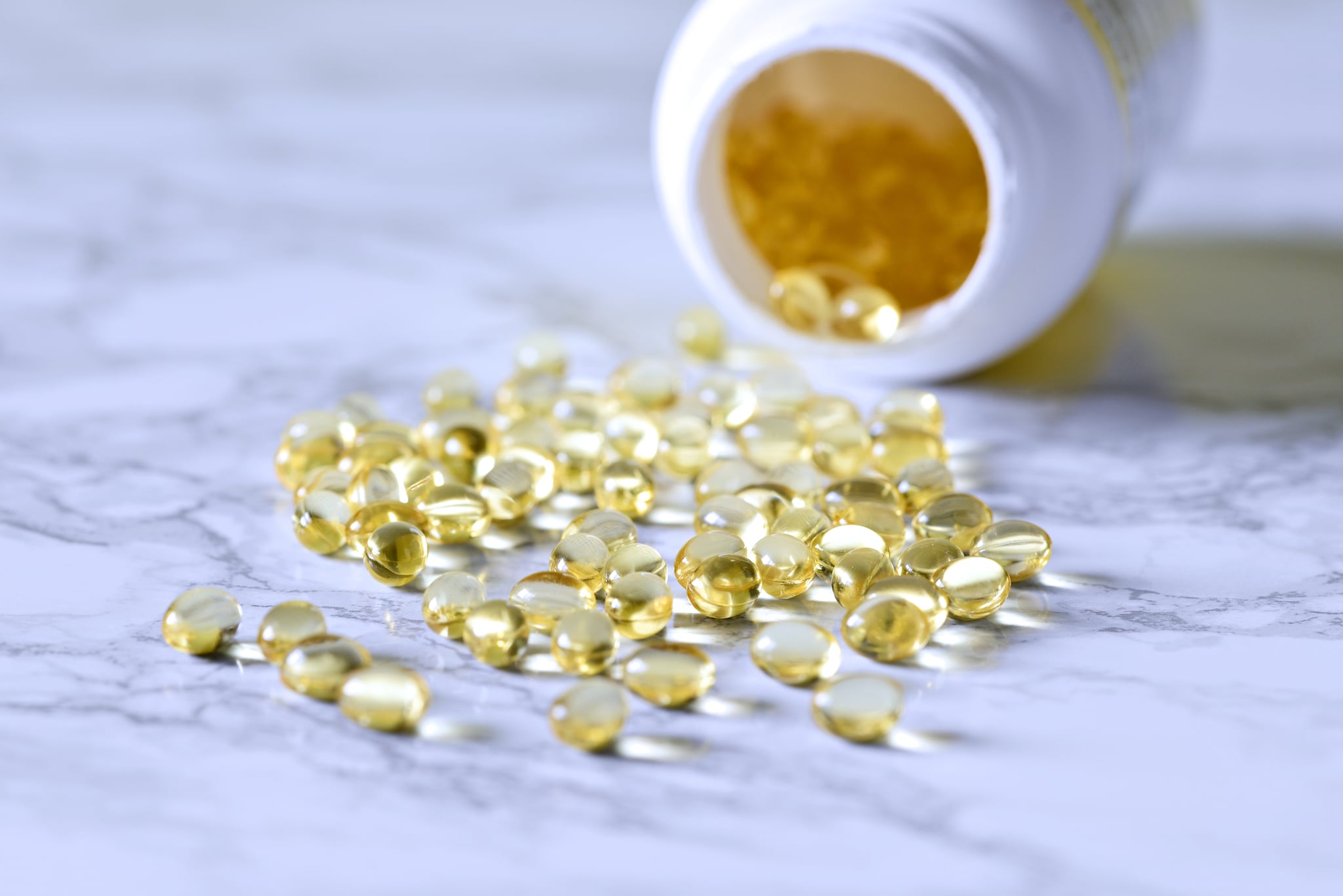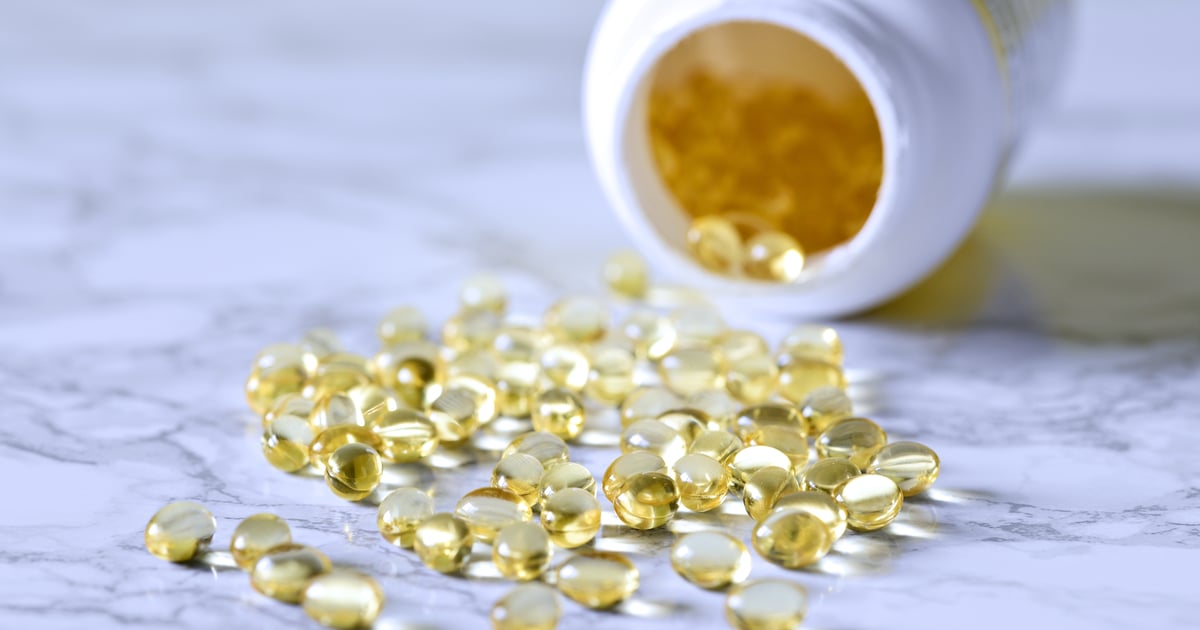
You know vitamin D is essential. The “sunshine vitamin” helps your body absorb calcium, leading to stronger bones — and when you’re not getting enough, you can feel sluggish and tired. But if you’ve discussed a vitamin D supplement with your doctor and find yourself standing in the aisle suddenly confused by the vitamin D3 label splashed across the bottles, you’re not alone. POPSUGAR spoke with Shoshana Ungerleider, MD, an internal medicine doctor in San Francisco, to get a helpful breakdown of these vitamins and how they work together to keep you feeling your best.
What Is Vitamin D3, and How Is It Different From Vitamin D?
Vitamin D may sound like a singular item, but it’s actually a group of vitamins. Dr. Ungerleider told POPSUGAR that this group of vitamins “shares similar chemical structures that are fat-soluble and help the body absorb calcium, regulate bone growth, and play a role in the function of our immune system.” Vitamin D can also reduce inflammation.
The two major vitamins in this group are vitamin D2 and vitamin D3. Vitamin D2 is produced by plants, while vitamin D3 is made in the epidermis when the skin is exposed to sunlight. That’s why it’s important to make sure you’re getting enough sun, though Dr. Ungerleider noted that you can also get vitamin D3 from eating salmon, mushrooms, and egg yolks.
If you’re struggling to get enough vitamin D naturally, your doctor may recommend a supplement. Research suggests that vitamin D3 is a more effective supplement than vitamin D2, which is why you’ll find it more frequently on store shelves. Just be sure to check the dosage with your doctor and have your levels retested to ensure you’re staying in a healthy range.
